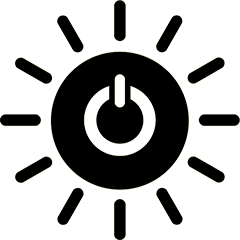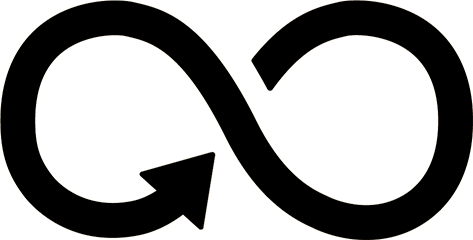A novel nanofiber membrane from Valerion, Inc. has mechanical strength, thermal stability, flexibility, and selective permeability for high-performance batteries.
Benefits
- Mechanical strength
- Thermal stability
- Flexibility
- Selective permeability
Applications
- High-performance lithium metal and lithium-sulfur batteries
- Electric road vehicles
- Electric vertical take-off and landing aircraft (eVTOLs)
UN Sustainable Development Goals Addressed
-

Goal 7: Affordable & Clean Energy
-

Goal 12: Responsible Production & Consumption
-

Goal 13: Climate Action
The Challenge
Lithium-sulfur batteries are promising energy storage devices due to their high theoretical energy density of 2600Wh per kg. However, their broad application and performance are limited by the lack of effective and long-lasting ion-selective membranes. Some current technologies can even pose a risk of fire when subjected to high charging rates or when cracking under stress.
Biological Model
Cartilage is a thin yet durable membrane that transports nutrients and ions to surrounding living tissues. The interconnected nature of the nanofibers in cartilage allows them to transfer stress effectively, making the material tough despite its flexibility. The arrangement of cartilage fibers also lends to an architecture of tiny, specialized pores that can let certain ions pass through quickly while blocking others, helping the tissues regulate ion transport.
See Related Strategy
Innovation Details
Next-generation energy storage systems require a membrane that is both thin and strong to enable high-energy and high-power applications. Rising to the challenge, researchers at Valerion, Inc. developed a process to engineer an ultra-strong membrane that replicates the architecture and mechanisms found in the cartilage of living organisms.
By mimicking the nanoscale structure and performance of natural cartilage, the researchers created an high-performing barrier between the anode and cathode of batteries. They also developed a way to integrate tunable porosity between fibers, which is the ability to adapt pore size to facilitate selective and efficient ion transport across the membrane, adding significant value for energy storage.
Valerion’s novel membrane offers a safe, inexpensive, and fast-charging solution for batteries with applications to modern energy challenges like powering electric vehicles. Additionally, the membrane components are made from recycled materials and are expected to provide cost-effective alternatives to those used in traditional manufacturing, promoting more equitable, sustainable, and affordable energy storage solutions worldwide.
The Human Factor
Professor Nicholas Kotov, who leads the Biomimetics Quantified lab at the University of Michigan, has always been fascinated by how nature engineers materials with remarkable properties. His research often draws inspiration from biological systems, uncovering design principles that can be translated into advanced materials.
One such moment of inspiration came from articular cartilage—a material that is both strong and flexible, allowing for smooth joint movement under mechanical stress. Studying its hierarchical structure, he realized that a similar approach could be applied to aramid nanofibers to develop next-generation soft yet strong ion conductors for battery separators.
By mimicking cartilage’s fibrous network and hydration dynamics, he and his team devised a method to enhance both the mechanical resilience and ionic conductivity of aramid nanofiber membranes. This bioinspired approach has opened new pathways for safer and more efficient energy storage, demonstrating once again that nature’s designs offer unparalleled solutions to engineering challenges.
Ray of Hope Accelerator
The Ray of Hope Accelerator supports an annual cohort of ten high-impact nature-inspired startups representing various sectors and regions addressing the world’s biggest environmental and sustainability challenges. The accelerator builds upon years of experience as the Ray of Hope Prize (2020-2023), which was created in honor of Ray C. Anderson, a business and sustainability leader and founder of Interface, Inc. Valerion, Inc. was a participant in the 2024 Ray of Hope Accelerator.
Related Strategy
AI on AskNature
This page was produced in part with the assistance of AI, which is allowing us to greatly expand the volume of content available on AskNature. All of the content has been reviewed for accuracy and appropriateness by human editors. To provide feedback or to get involved with the project, contact us.







